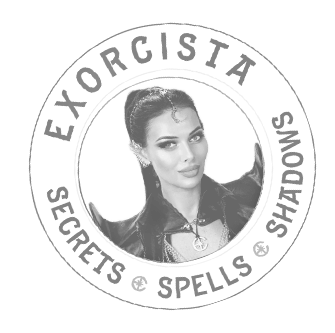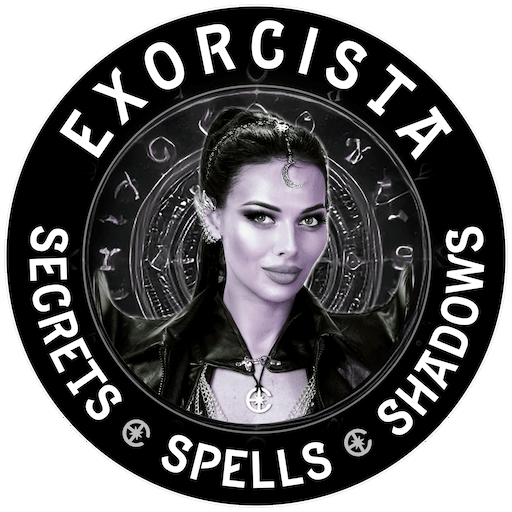Why is ‘The Exorcist’ still a landmark film in horror? Since its 1973 release, the movie’s groundbreaking special effects, intense narrative, and cultural impact have set it apart. This article explores its key filming locations, production challenges, and lasting influence on horror cinema.
Key Takeaways
The haunting filming locations, from Georgetown to ancient Iraq, infused ‘The Exorcist’ with an eerie realism that continues to disturb audiences.
Behind-the-scenes turmoil marked by fires, injuries, and budget overruns contributed to the film’s legacy of an ‘Exorcist curse,’ enhancing its dark mystique.
With its shocking imagery and groundbreaking techniques, ‘The Exorcist’ redefined horror cinema, earning a historic Best Picture nomination and leaving an indelible mark on pop culture.
Filming Locations and Techniques
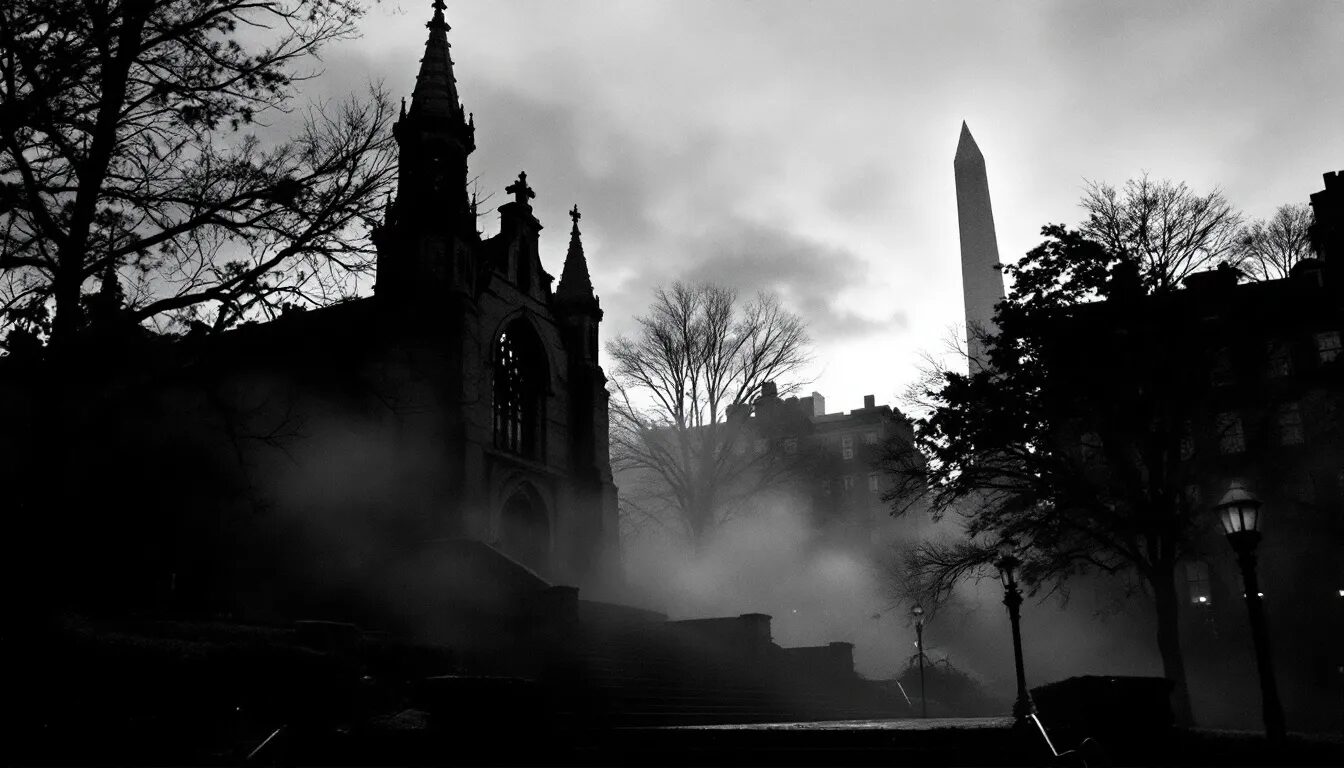

“The Exorcist” utilized a variety of filming locations to create an authentic horror atmosphere that still chills viewers to this day. From the bustling streets of New York City to the ancient ruins of Iraq, these locations were carefully selected to enhance the storytelling and add layers of eerie realism to the film.
The movie’s principal photography, which began on August 14, 1972, spanned several locations, including Georgetown, NYC, and Iraq, each contributing significantly to the film’s haunting atmosphere.
Georgetown and Washington D.C.
Georgetown, a historic district in Washington D.C., played a crucial role in setting the eerie tone of “The Exorcist”. The MacNeil house, a central location in the film, is a 2,808 square foot residence built in 1950, located at 3600 Prospect St. NW. This location, with its haunting façade, contributed significantly to the movie’s unsettling atmosphere.
New York City and Iraq
New York City provided the perfect urban backdrop for critical interior scenes, juxtaposing the supernatural elements against the bustling city life. Meanwhile, the opening sequence was shot in Iraq, primarily in the ancient city of Hatra and the city of Mosul, adding a unique cultural authenticity to the storyline.
The combination of these diverse locations not only enhanced the film’s eerie atmosphere but also contributed to its global appeal.
Behind-the-Scenes Challenges
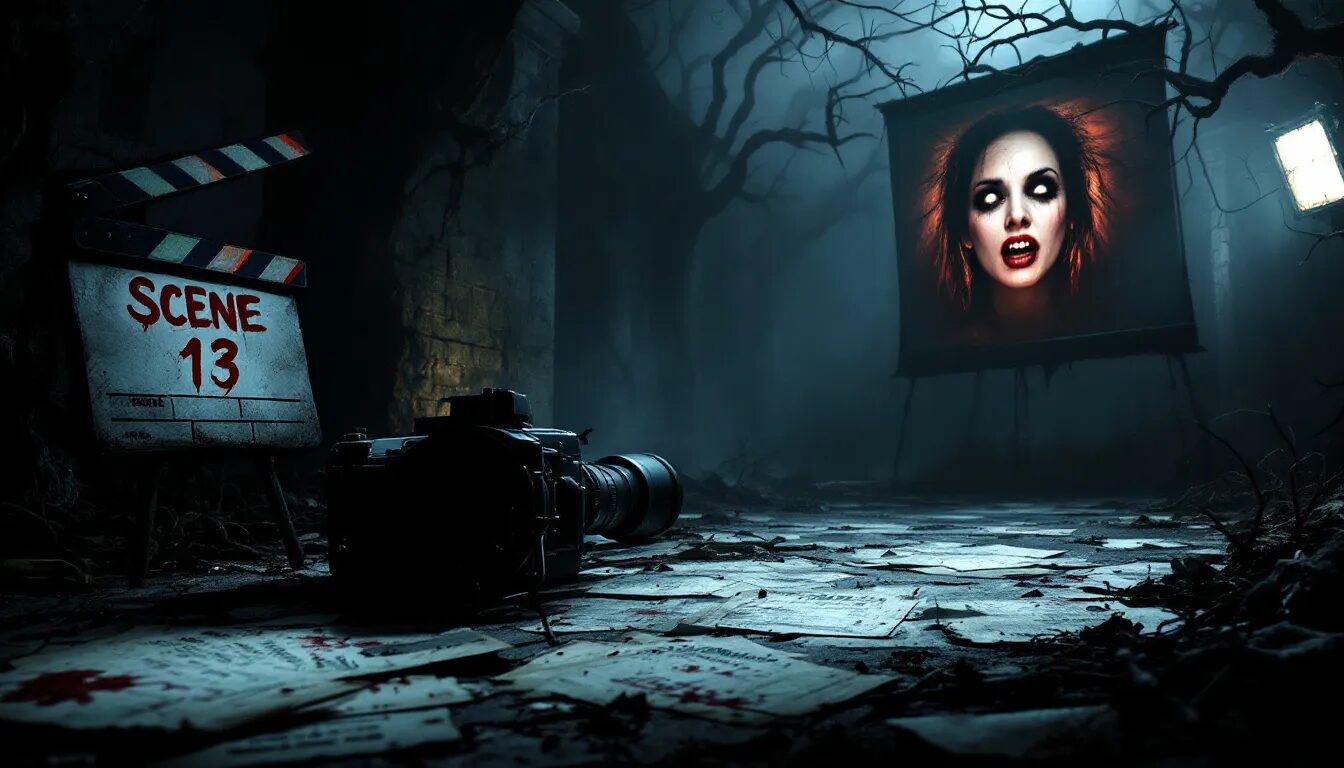

The production of “The Exorcist” was fraught with challenges that seemed almost as haunting as the film itself. From a fire that destroyed multiple sets to numerous injuries and accidents, the filming process was plagued by delays and complications. These setbacks extended the shooting schedule to over 200 days, far exceeding the initially planned 85 days, and led to whispers of an “Exorcist curse” among the cast and crew.
Production Delays
The production faced numerous setbacks, including a significant fire caused by a bird flying into electrical equipment, which destroyed multiple set pieces and delayed filming. These delays were compounded by other complications, resulting in a protracted shooting schedule that significantly impacted the film’s release date.
Injuries and Accidents
The production of “The Exorcist” was not only delayed by technical issues but also marred by a series of injuries and accidents. Ellen Burstyn, who played Chris MacNeil, sustained a lasting back injury from a stunt gone wrong, which contributed to the film’s troubled legacy. Additionally, several crew members and actors experienced significant accidents, with some reports indicating multiple fatalities associated with the film’s production.
The fire that destroyed most of the MacNeil house set caused filming delays of over a month, further exacerbating the production’s challenges. Director William Friedkin also faced numerous obstacles, including a lost prop in transit that delayed filming in Iraq. The combination of these incidents contributed to the belief in a so-called “Exorcist curse.”
Budget Overruns
The extended filming schedule and numerous production challenges led to significant budget overruns. The initial budget of “The Exorcist” nearly tripled, escalating to approximately $12 million due to unforeseen complications. These financial strains added another layer of difficulty for the filmmakers, who were already grappling with a series of unfortunate events.
Dive deep into the dark origins of The Exorcist movie and uncover the chilling true events that inspired it. This isn’t just film history – it’s a haunting journey behind one of the scariest stories ever told. Watch now Exorcista new episode and see the terrifying truth behind the horror.
Subliminal Imagery and Shock Factor


“The Exorcist” is renowned for its use of subliminal imagery and shock tactics, which played a significant role in creating an intense horror experience. The film sparked controversy for allegedly incorporating subliminal messages that were believed to intensify the horror, leading viewers to subconsciously absorb frightening elements.
These techniques, combined with the film’s shocking visuals and sound effects, left audiences terrified and contributed to its enduring legacy.
Subliminal Messaging
The filmmakers employed subliminal messages to enhance the horror experience, using imagery such as hidden phallic symbols and faces resembling skulls strategically placed within scenes to provoke unease. Critics noted the presence of these subtle yet disturbing elements, which contributed to a deeper psychological impact on viewers.
The use of subliminal messaging in “The Exorcist” served to elevate the tension and fear experienced by the audience.
Shock Tactics
“The Exorcist” received criticism for relying heavily on shock value, but these tactics undeniably contributed to its status as one of the scariest films ever made. The film utilized shocking visuals and sound effects to create an intense horror experience for the audience.
Scenes like Regan’s head rotating 360 degrees and her levitation were designed to elicit extreme fear and discomfort, making the film an unforgettable horror movie experience.
Mixed Critical Reception
Upon its release, “The Exorcist” was met with mixed reviews, with some critics lauding its impact and others finding fault in its storytelling. The film employed quick cuts and shocking imagery to create an unsettling experience, leaving viewers unsure of what they’d seen. Critics noted a perceived lack of narrative depth, which contributed to the divided opinions on the film’s overall impact.
Positive Reviews
Despite the mixed reviews, many praised Lieutenant William Friedkin’s direction for its bold approach to horror, which elevated the film’s status within the genre. The performances of Linda Blair and Jason Miller were recognized as powerful and essential to the film’s emotional weight.
Additionally, the film’s special effects were lauded for creating an immersive horror experience that left terrified audiences.
Negative Reviews
On the flip side, some critics pointed out that “The Exorcist” faced significant criticism for its lack of character development. They argued that the film seemed to prioritize shocking moments over meaningful storytelling, resulting in a perceived lack of depth.
These critiques suggest that the focus on horror elements diminished the film’s narrative depth, affecting audiences’ connection to the characters.
Censorship and Viewing Restrictions
The initial release of “The Exorcist” was met with significant protests and criticism, leading to restricted access in various regions. These censorship and viewing restrictions shaped critical audience reception and continued debates about the film’s themes and messages.
The film’s controversial content sparked social and political debates, particularly in the UK, where it faced a temporary ban.
UK Ban and Protests
In the UK, “The Exorcist” faced significant censorship issues, leading to a ban that reflected the prevailing societal fears regarding horror and the supernatural. Public protests erupted in response to the film, with groups voicing their concerns about its content and impact on viewers.
These tensions highlighted the ongoing struggle between artistic expression and societal values.
Relaxation of Censorship
Over time, as societal perceptions evolved, censorship laws were relaxed, allowing for the eventual home video release of “The Exorcist”. The film became a pivotal example in the debate over censorship in film, paving the way for greater acceptance of horror films in mainstream distribution.
This shift allowed broader audience access and contributed to the film’s enduring legacy.
Influence on Horror Films and Pop Culture
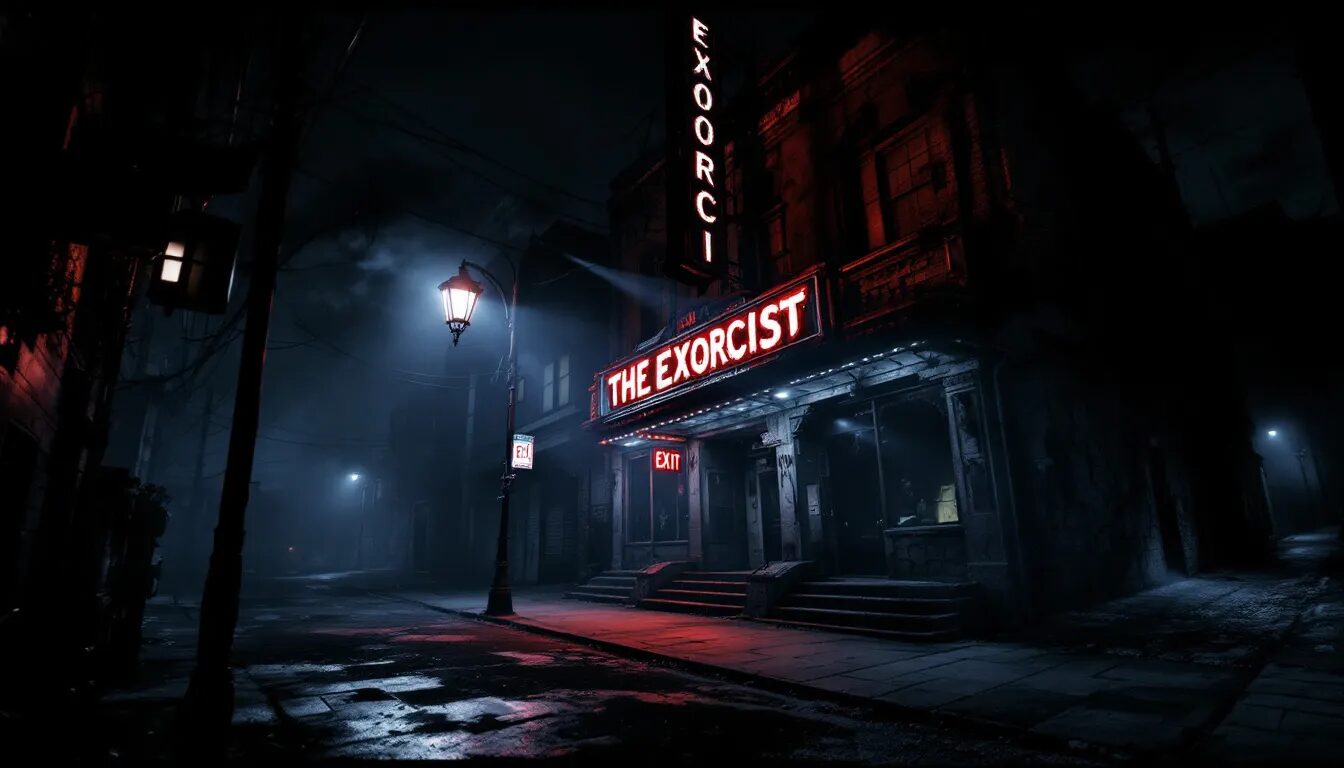

“The Exorcist” set a new standard for horror films, combining psychological depth with graphic depictions of demonic possession. Its innovative approach influenced how horror stories are told, setting enduring standards that filmmakers strive to meet.
The film’s profound impact on the horror genre and popular culture is evident in its frequent citations as one of the greatest films in cinematic history.
Impact on Horror Genre
Critics frequently highlighted the film’s innovative special effects as a major strength, contributing to its immersive horror experience. The film’s nomination for Best Picture was historic, opening doors for future horror films in major award categories.
The combination of groundbreaking special effects and compelling performances by the cast solidified “The Exorcist” as a classic in horror cinema.
Cultural References
“The Exorcist” has been parodied and referenced across various media, including cartoons, music, and comedy films, highlighting its enduring cultural significance. Notable examples include references in popular shows like “The Simpsons” and “Toy Story”.
These cultural references showcase the film’s deep impact on popular culture, underscoring its status as a cultural phenomenon.
Sequels, Prequels, and Reboots
The success of “The Exorcist” led to the development of multiple sequels and prequels that explored the theme of demonic possession. Despite facing mixed reviews, these follow-up films attempted to expand the original story and further explore the terrifying world introduced by the first film.
The franchise includes two sequels and two alternate prequels, reflecting the enduring interest in “The Exorcist” universe.
Sequels and Prequels
The production of “Exorcist: The Beginning” faced challenges, leading to two different prequel films being released due to creative disagreements and differing visions. The sequels are “Exorcist II: The Heretic” and “Exorcist III.” The prequels are “Dominion: Prequel to the Exorcist” and “Exorcist: The Beginning.”
These films often faced mixed reviews, with some viewers appreciating the attempt to expand the original story.
Reboot Announcements
In 2020, a reboot of “The Exorcist” was announced, initially planned as a direct sequel to the original film. However, the announcement prompted considerable backlash from fans who were protective of the film’s legacy.
This divide in opinions reflected the strong emotional connection that audiences have with the original “Exorcist” and their concerns about preserving its legacy.
Memorable Characters and Performances
The memorable characters and powerful performances in “The Exorcist” are central to its lasting impact. Linda Blair’s portrayal of Regan MacNeil, the possessed young girl, captivated audiences and set a new standard for horror performances. Ellen Burstyn’s portrayal of Chris MacNeil, a mother desperate to save her daughter, added emotional depth and complexity to the story.
The dynamic between Father Merrin and Father Karras, portrayed by Max von Sydow and Jason Miller respectively, further enriched the film’s narrative.
Regan MacNeil
Linda Blair’s ability to convey both innocence and horror was pivotal in making Regan’s transformation both terrifying and poignant. Her performance, marred by physical injuries due to unsafe rigging, showcased her dedication to the role and significantly impacted the film’s overall atmosphere.
Blair’s portrayal left an indelible mark on horror cinema, establishing her as an icon in the genre.
Father Merrin and Father Karras
Father Merrin, portrayed by Max von Sydow, is the seasoned Catholic priests called to confront the demon possessing Regan, representing experience and steadfast faith. In contrast, Father Karras, played by Jason Miller, is a Jesuit priest and psychiatrist struggling with his faith and guilt over his mother’s illness.
The interplay between Merrin’s unwavering faith and Karras’s internal conflict creates a dynamic tension that resonates powerfully with audiences.
Chris MacNeil
Ellen Burstyn’s role as actress Chris MacNeil showcases the struggles of a mother facing an unimaginable horror. Her performance brought a strong, multifaceted female character to horror cinema, reflecting the desperation and resolve of a parent fighting for her child.
Burstyn’s portrayal has resonated with audiences, solidifying her character’s significance in the genre.
Iconic Scenes and Quotes
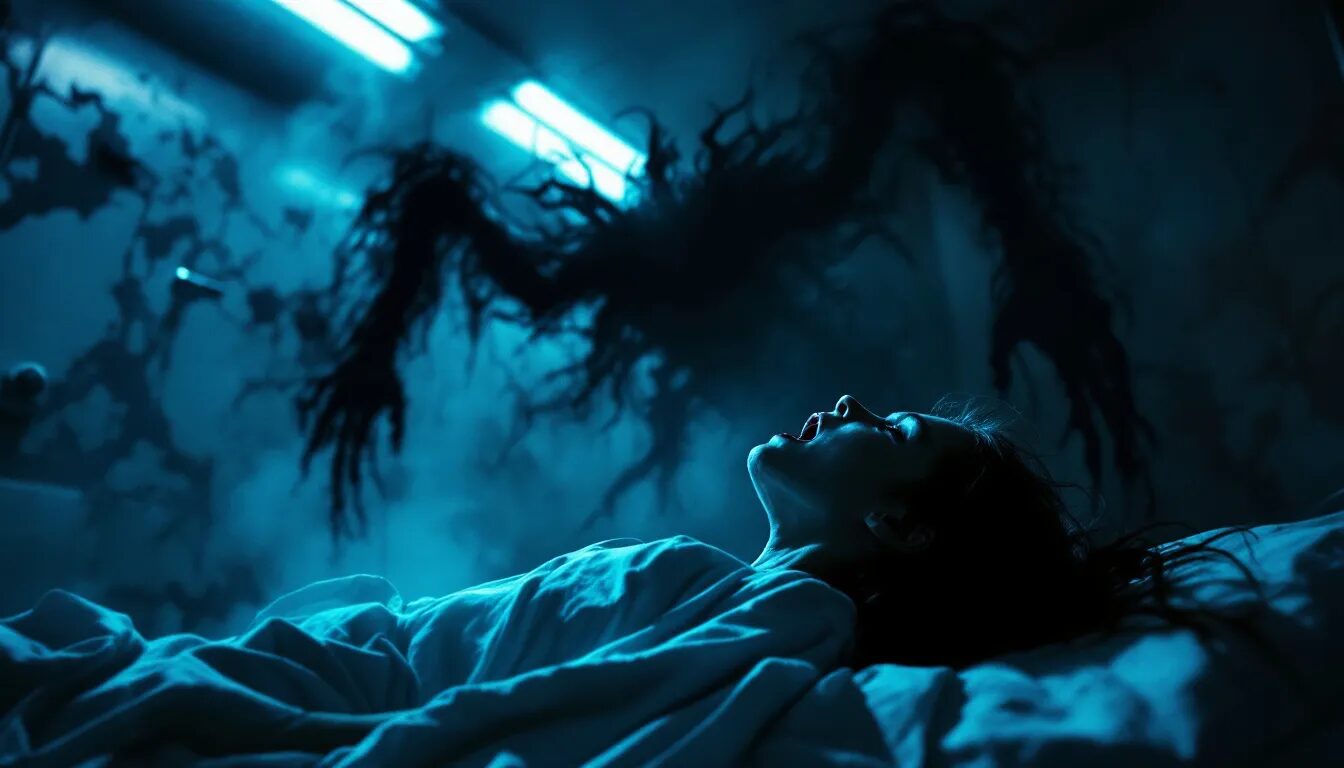

“The Exorcist” is filled with iconic scenes and quotes that have become benchmarks in horror cinema. From Regan’s head rotating 360 degrees to her descending the stairs in a spider-like crawl, these moments have left an indelible mark on audiences. The film’s combination of shocking visuals and memorable dialogue has cemented its status as a classic in horror films.
The Exorcism Scene
The climactic exorcism scene, featuring Father Merrin and Father Karras, is one of the most iconic moments in horror cinema. Regan MacNeil, portrayed by Linda Blair, is the central figure of the exorcism, embodying innocence corrupted by evil.
The line “The Power of Christ Compels You!” has become a symbol of the struggle between good and evil, widely referenced in popular culture.
“The Power of Christ Compels You!”
The phrase “The power of Christ compels you!” serves as a significant incantation during the exorcism, symbolizing the struggle against the demonic presence. This line has transcended the film, becoming a cultural reference used in various contexts to imply a strong moral or spiritual authority.
Legacy and Awards
“The Exorcist” has left a lasting legacy in the world of horror cinema, marked by its numerous awards and cultural impact. The film was the first horror movie nominated for the Academy Award for Best Picture, setting a precedent for the genre.
Its success demonstrated that horror films could achieve significant box office success and critical acclaim, changing perceptions of the genre.
Best Picture Nomination
In 1974, “The Exorcist” received ten Academy Award nominations, including one for Best Picture, making it the first horror film ever nominated for the prestigious award. This historic nomination had a lasting impact on the perception of horror films within the larger cinematic landscape, highlighting the genre’s potential for critical recognition.
Long-Term Impact
“The Exorcist” was included in the National Film Registry due to its cultural significance, further cementing its legacy. The film introduced a more serious tone to horror, influencing subsequent filmmakers to explore deeper themes within the genre.
Its impact on both the horror genre and Hollywood as a whole is undeniable, setting new standards and inspiring countless films that followed.
Summary
“The Exorcist” remains a seminal piece of horror cinema, continuing to terrify audiences and influence filmmakers. Its groundbreaking techniques, memorable performances, and cultural impact have solidified its place in cinematic history. As a film that pushed the boundaries of the genre, it set new standards for horror storytelling and demonstrated the potential for horror films to achieve both critical and commercial success. The legacy of “The Exorcist” endures, reminding us of the power of cinema to evoke deep emotional responses and leave a lasting impression.
Frequently Asked Questions
Why is “The Exorcist” considered one of the scariest movies of all time?
“The Exorcist” grips you with its chilling special effects and haunting performances, plunging you into a nightmarish world that lingers long after the credits roll. Its masterful use of shock tactics leaves an indelible mark on the soul, cementing its status as a horror masterpiece.
What were some of the challenges faced during the production of “The Exorcist”?
The production of “The Exorcist” was mired in chaos, suffering from delays, accidents, injuries, and even a fire that ravaged sets. It all fueled a haunting legend of a curse shadowing the film’s creation.
How did “The Exorcist” influence the horror genre?
“The Exorcist” revolutionized the horror genre, blending psychological depth with shocking depictions of evil, proving that horror could be both commercially successful and critically celebrated. Its impact reshaped storytelling in horror, sending chills down spines and leaving an indelible mark on the genre.
What impact did “The Exorcist” have on popular culture?
“The Exorcist” carved a chilling path through popular culture, forever embedding its haunting imagery and unforgettable lines into the collective consciousness, inspiring countless references and parodies that resonate to this day. Its legacy is a testament to the terrifying power of fear woven into the fabric of our entertainment.
Why did “The Exorcist” face censorship and viewing restrictions?
“The Exorcist” stirred the storm of censorship and restrictions because its provocative content ignited fierce social and political debates. The uproar led to a temporary ban in the UK and widespread public protests, echoing the film’s haunting themes in the minds of viewers.
